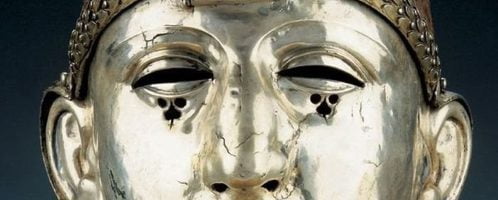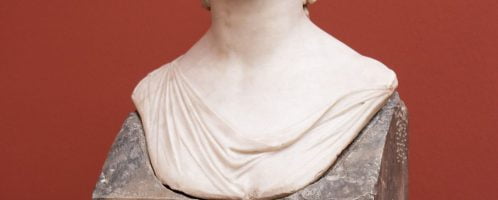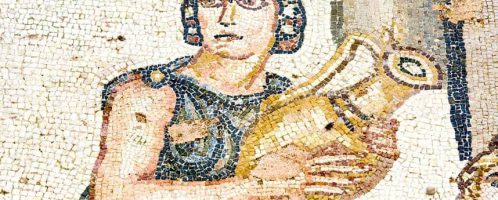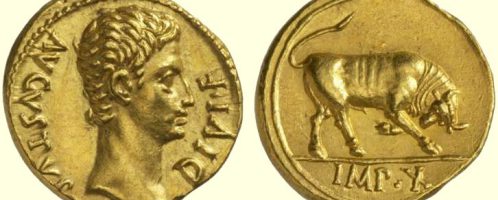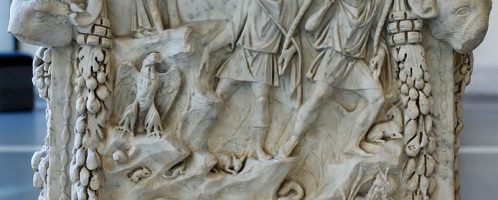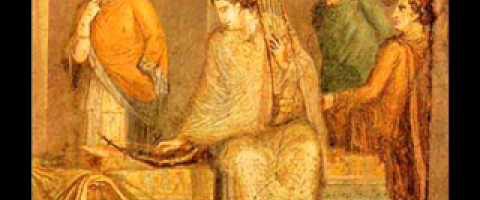Velites – young javelin throwers
Velites, Roman javelin throwers, composed of young and poor men, could not afford to buy Roman armour (lorica hamata), worn by professional legionaries. Therefore, they put on animal skins to emphasize their strength and prowess.



